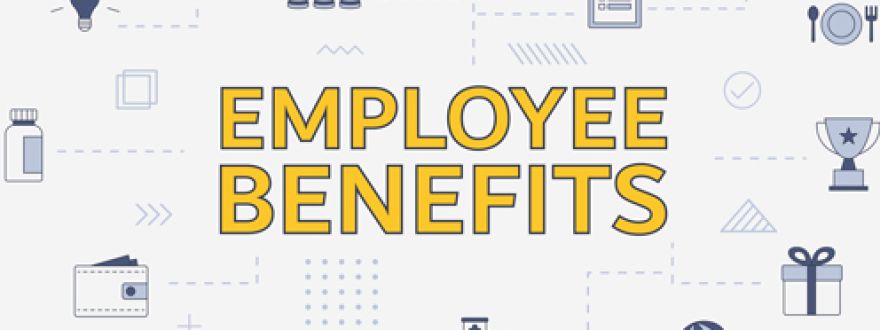
Unlocking the Value: A Comprehensive Guide to Employee Benefits
Introduction:
In the dynamic landscape of today's workforce, employee benefits play a pivotal role in attracting and retaining top talent. Beyond the basic salary, companies recognize the importance of offering a comprehensive benefits package to create a positive and supportive work environment. In this blog, we'll delve into the world of employee benefits, exploring what they are, why they matter, and how they contribute to both employee well-being and organizational success.
What are Employee Benefits?
Employee benefits encompass a wide range of perks and privileges that organizations provide to their employees beyond their regular wages or salaries. These benefits aim to enhance the overall compensation package, ensuring that employees not only feel financially rewarded but also supported in various aspects of their lives.
Types of Employee Benefits:
1. **Healthcare Benefits:**
- Medical Insurance
- Dental and Vision Coverage
- Mental Health Support
2. **Financial Benefits:**
- Retirement Plans (401(k), pension)
- Stock Options
- Life Insurance
3. **Work-Life Balance Benefits:**
- Paid Time Off (Vacation, Sick Leave)
- Flexible Working Arrangements
- Telecommuting Options
4. **Professional Development Benefits:**
- Training and Education Assistance
- Skill Development Programs
- Mentorship Opportunities
5. **Wellness Programs:**
- Gym Memberships
- Wellness Challenges
- Employee Assistance Programs (EAP)
6. **Family-Friendly Benefits:**
- Maternity and Paternity Leave
- Childcare Assistance
- Family Medical Leave Act (FMLA) Compliance
Why Employee Benefits Matter:
1. **Attraction and Retention:**
Offering a robust benefits package sets an organization apart in the competitive job market. It not only attracts top talent but also fosters employee loyalty and retention.
2. **Employee Well-being:**
Benefits like healthcare, wellness programs, and work-life balance initiatives contribute to the overall well-being of employees, promoting a healthier and happier workforce.
3. **Increased Productivity:**
Employees who feel supported and valued through benefits are likely to be more engaged and productive. Financial stability, health coverage, and a positive work-life balance contribute to a motivated workforce.
4. **Company Culture and Reputation:**
A strong benefits package is a reflection of an organization's values and commitment to its employees. It contributes to a positive company culture and enhances the company's reputation as an employer of choice.
Conclusion:
Employee benefits are a cornerstone of modern employment, reflecting the evolving needs and expectations of both employers and employees. As organizations continue to recognize the integral role of benefits in talent management, the landscape of employee perks will likely evolve, adapting to the changing dynamics of the workforce. By investing in comprehensive benefits, organizations not only attract and retain top talent but also foster a workplace where employees can thrive both personally and professionally.



